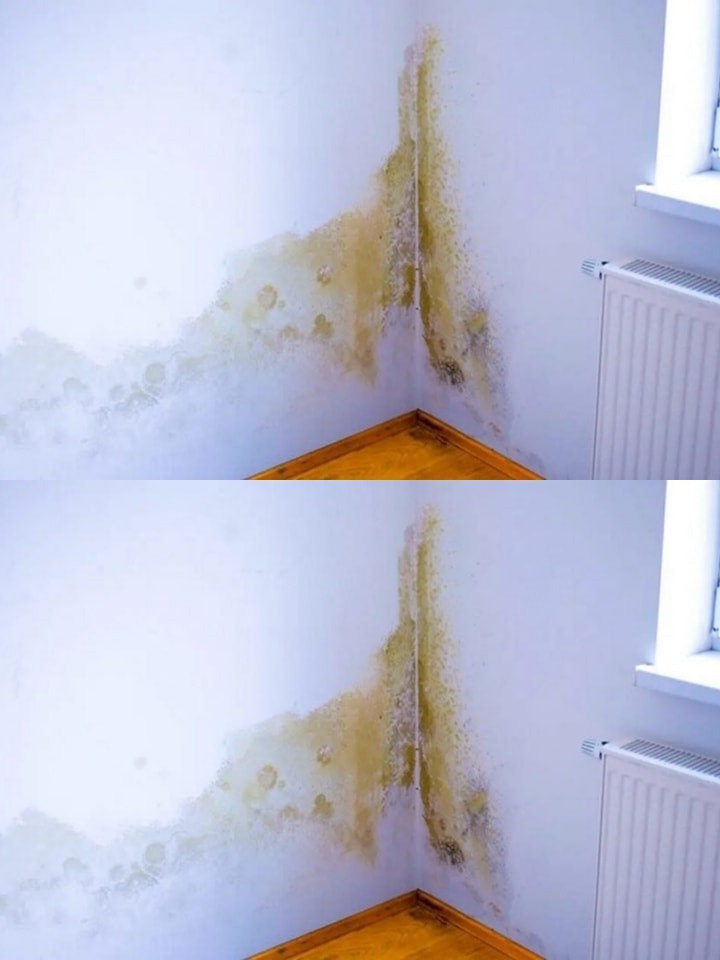ADVERTISEMENT
Certainly! Here’s a well-structured article on How to Remove and Prevent Mold from Your Home:
How to Remove and Prevent Mold from Your Home
Mold is a common household problem that can cause health issues and damage your property if left unchecked. It thrives in damp, humid environments and can spread quickly if not addressed promptly. Whether you’ve spotted mold in your bathroom, basement, or kitchen, it’s important to know how to safely remove it and prevent it from coming back. Here’s a comprehensive guide to help you keep your home mold-free.
What Causes Mold Growth?
Mold spores are everywhere—both indoors and outdoors—but they only grow when they land on a surface with moisture. Common causes of mold include:
- Leaking pipes or roofs
- Poor ventilation
- High indoor humidity
- Flooding or water damage
- Condensation buildup on windows or walls
Understanding the source of moisture is key to tackling mold.
How to Remove Mold Safely
1. Protect Yourself
Mold exposure can cause respiratory problems, skin irritation, and allergies. Before cleaning, wear protective gear such as gloves, goggles, and a mask (preferably an N95 respirator) to avoid inhaling mold spores.
2. Contain the Area
Close doors or seal off vents to prevent mold spores from spreading to other parts of your home during cleaning.
3. Clean the Mold
For hard surfaces (like tiles, glass, or metal):
- Mix one cup of bleach with one gallon of water or use a commercial mold cleaner.
- Scrub the area thoroughly with a brush or sponge.
- Rinse with clean water and dry the surface completely.
For porous materials (like drywall or ceiling tiles):
- Mold often penetrates deeply and these materials may need to be removed and replaced to fully eliminate the problem.
4. Dry the Area
Use fans, dehumidifiers, or open windows to dry the cleaned area quickly. Mold thrives in moisture, so keeping the area dry is essential.
Preventing Mold Growth in Your Home
1. Control Moisture Levels
Keep indoor humidity below 50% using dehumidifiers or air conditioners, especially in damp areas like basements.
2. Fix Leaks Promptly
Inspect your plumbing, roof, and walls regularly and repair any leaks immediately.
3. Improve Ventilation
Use exhaust fans in bathrooms and kitchens. Open windows whenever possible to increase airflow.
